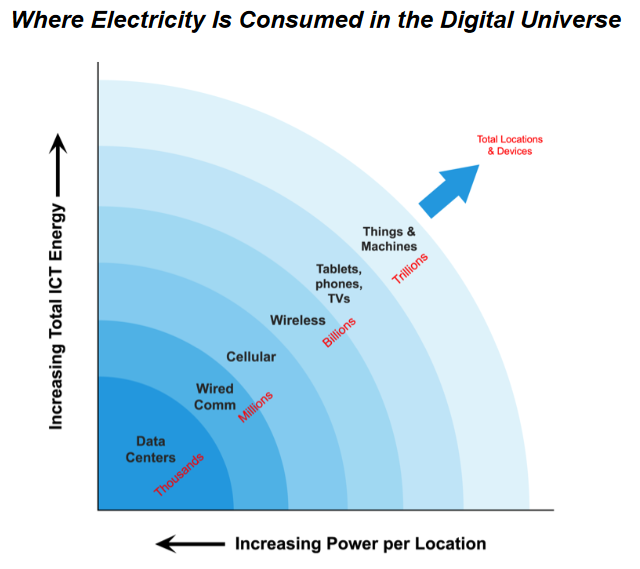The Video Game That Could Shape the Future of War
“As far as video games go, Operation Overmatch is rather unremarkable. Players command military vehicles in eight-on-eight matches against the backdrop of rendered cityscapes — a common setup of games that sometimes have the added advantage of hundreds of millions of dollars in development budgets. Overmatch does have something unique, though: its mission. The game’s developers believe it will change how the U.S. Army fights wars. Overmatch’s players are nearly all soldiers in real life. As they develop tactics around futuristic weapons and use them in digital battle against peers, the game monitors their actions.
Each shot fired and decision made, in addition to messages the players write in private forums, is a bit of information soaked up with a frequency not found in actual combat, or even in high-powered simulations without a wide network of players. The data is logged, sorted, and then analyzed, using insights from sports and commercial video games. Overmatch’s team hopes this data will inform the Army’s decisions about which technologies to purchase and how to develop tactics using them, all with the aim of building a more forward-thinking, prepared force… While the game currently has about 1,000 players recruited by word of mouth and outreach from the Overmatch team, the developers eventually want to involve tens of thousands of soldiers. This milestone would allow for millions of hours of game play per year, according to project estimates, enough to generate rigorous data sets and test hypotheses.”
Brian Vogt, a lieutenant colonel in the Army Capabilities Integration Center who oversees Overmatch’s development, says:
“Right after World War I, we had technologies like aircraft carriers we knew were going to play an important role,” he said. “We just didn’t know how to use them. That’s where we are and what we’re trying to do for robots.”

 “Data-driven policing means aggressive police presence, surveillance, and perceived harassment in those communities. Each data point translates to real human experience, and many times those experiences remain fraught with all-too-human bias, fear, distrust, and racial tension. For those communities, especially poor communities of color, these data-collection efforts cast a dark shadow on the future.”
“Data-driven policing means aggressive police presence, surveillance, and perceived harassment in those communities. Each data point translates to real human experience, and many times those experiences remain fraught with all-too-human bias, fear, distrust, and racial tension. For those communities, especially poor communities of color, these data-collection efforts cast a dark shadow on the future.”